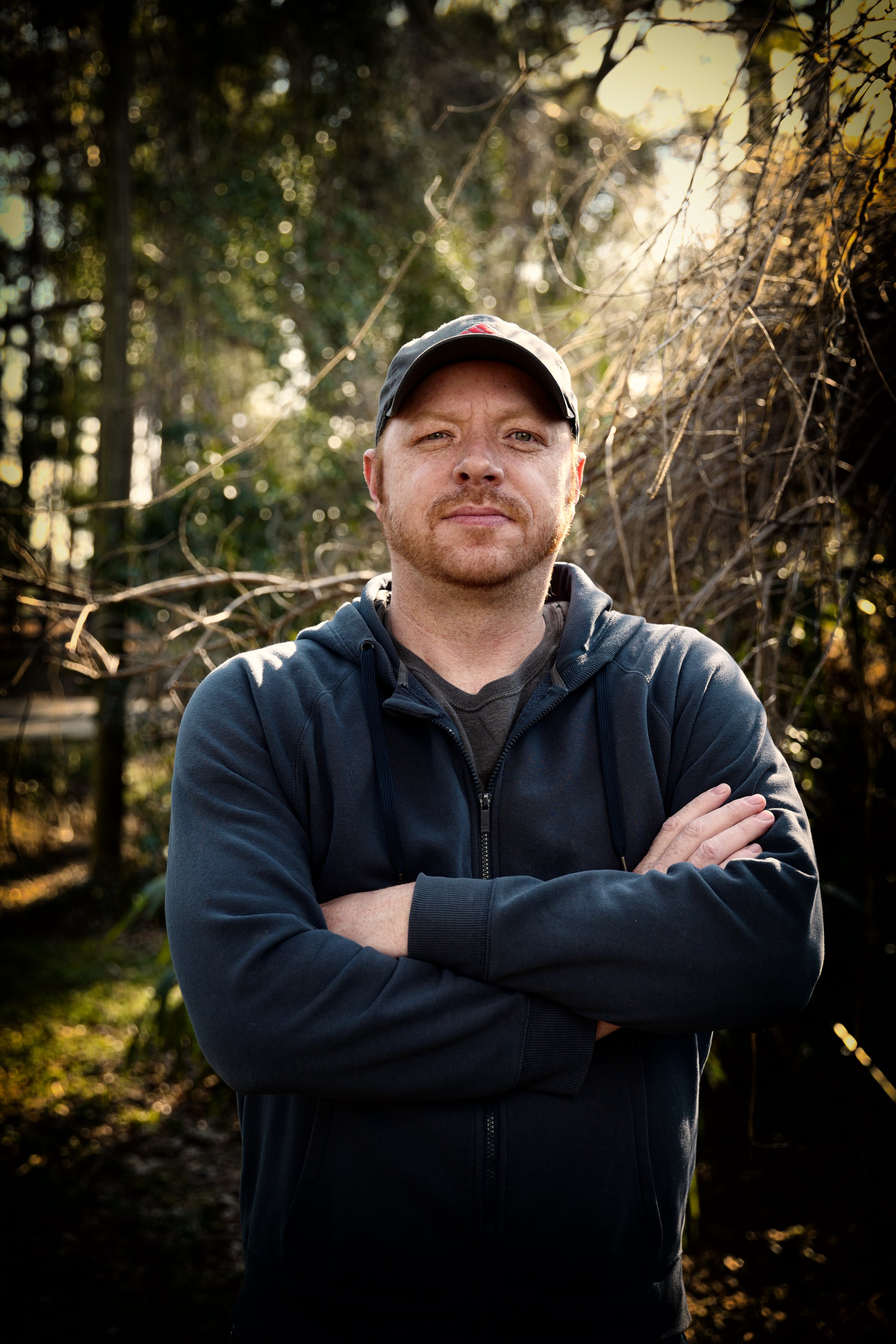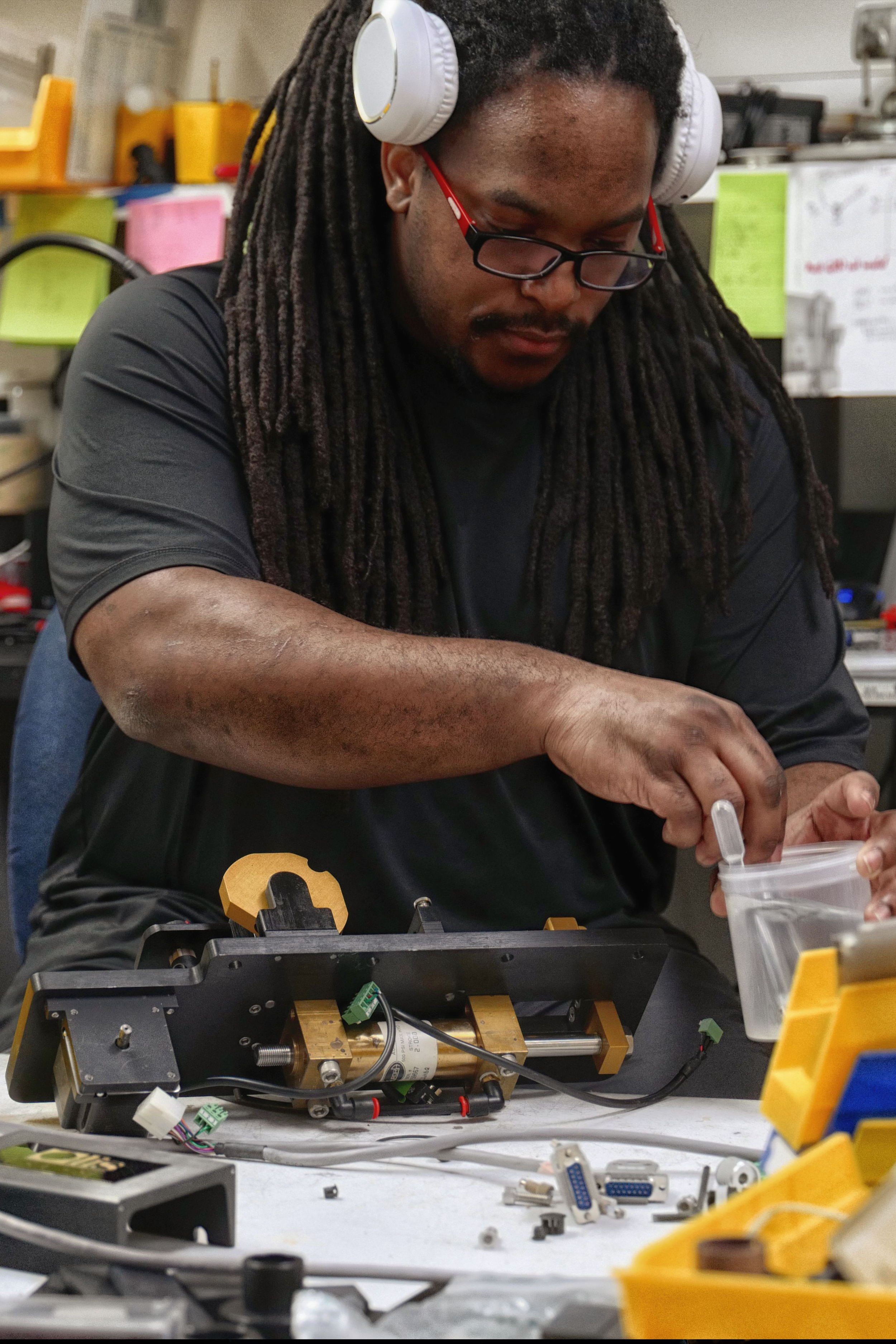3 Easy Facts About Circular Dichroism Described
3 Easy Facts About Circular Dichroism Described
Blog Article
Unknown Facts About Uv/vis/nir
Table of ContentsHow Circularly Polarized Luminescence can Save You Time, Stress, and Money.More About Circular DichroismOur Spectrophotometers PDFsSpectrophotometers Fundamentals ExplainedThe Best Guide To Uv/vis/nir

Spectrophotometry is most commonly applied to ultraviolet, visible, and infrared radiation, modern spectrophotometers can interrogate wide swaths of the electromagnetic spectrum, including x-ray, ultraviolet, noticeable, infrared, and/or microwave wavelengths. Spectrophotometry is a tool that depends upon the quantitative analysis of particles depending upon just how much light is soaked up by colored substances.
Spectrophotometers - An Overview
A spectrophotometer is typically used for the measurement of transmittance or reflectance of services, transparent or opaque solids, such as refined glass, or gases. Although numerous biochemicals are colored, as in, they take in visible light and therefore can be measured by colorimetric procedures, even colorless biochemicals can often be transformed to colored substances ideal for chromogenic color-forming reactions to yield substances appropriate for colorimetric analysis.: 65 However, they can also be designed to measure the diffusivity on any of the noted light ranges that generally cover around 2002500 nm utilizing various controls and calibrations.
An example of an experiment in which spectrophotometry is utilized is the decision of the balance constant of a service. A certain chemical response within a solution might take place in a forward and reverse direction, where reactants form items and products break down into reactants. At some time, this chain reaction will reach a point of balance called a stability point.
Our Circularly Polarized Luminescence Statements
The quantity of light that travels through the option is indicative of the concentration of particular chemicals that do not enable light to travel through. The absorption of light is due to the interaction of light with the electronic and vibrational modes of molecules. Each type of molecule has an individual set of energy levels related to the makeup of its chemical bonds and nuclei and therefore will absorb light of particular wavelengths, or energies, leading to distinct spectral properties.
The use of spectrophotometers covers different clinical fields, such as physics, materials science, chemistry, biochemistry. spectrophotometers, chemical engineering, and molecular biology. They are extensively used in lots of industries consisting of semiconductors, laser and optical manufacturing, printing and forensic evaluation, as well as in labs for the study of chemical compounds. Spectrophotometry is often used in measurements of enzyme activities, decisions of protein concentrations, determinations of enzymatic kinetic constants, and measurements of ligand binding reactions.: 65 Eventually, a spectrophotometer has the ability to identify, depending upon the control or calibration, what compounds are present in a target and precisely how much through computations of observed wavelengths.
Invented by Arnold O. Beckman in 1940 [], the spectrophotometer was produced with the help of his associates at his business National Technical Laboratories established in 1935 which would become Beckman Instrument Company and eventually Beckman Coulter. This would come as a solution to the previously developed spectrophotometers which were unable to soak up the ultraviolet correctly.
Facts About Circular Dichroism Revealed
It would be discovered that this did not offer satisfactory outcomes, for that reason in Design B, there redirected here was a shift from a glass to a quartz prism which enabled much better absorbance results - UV/Vis/NIR (http://www.video-bookmark.com/bookmark/6114703/olis-clarity/). From there, Design C was born with a modification to the wavelength resolution which wound up having 3 units of it produced
It irradiates the sample with polychromatic light which the sample takes in depending upon its residential or commercial properties. Then it is transferred back by grating the photodiode variety which detects the wavelength area of the spectrum. Ever since, the production and implementation of spectrophotometry gadgets has increased immensely and has turned into one of the most innovative instruments of our time.

Uv/vis/nir - An Overview
Historically, spectrophotometers utilize a monochromator containing a diffraction grating to produce the analytical spectrum. The grating can either be movable or repaired. If a single detector, such as a photomultiplier tube or photodiode is used, the grating can be scanned stepwise (scanning spectrophotometer) so that the detector can determine the light strength at each wavelength (which will represent each "step").
In such systems, the grating is repaired and the intensity of each wavelength of light is determined by a different detector in the range. In addition, most modern mid-infrared spectrophotometers use a Fourier transform method to acquire the spectral information - https://sketchfab.com/olisclarity1. This method is called Fourier change infrared spectroscopy. When making transmission measurements, the spectrophotometer quantitatively compares the portion of light that passes through a reference solution and a test service, then digitally compares the strengths of the two signals and computes the percentage of transmission of the sample compared to the recommendation requirement.

Report this page